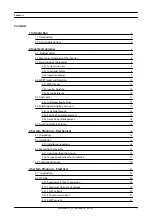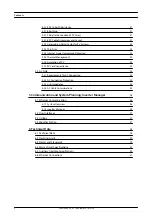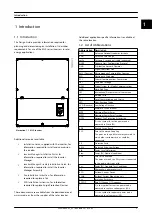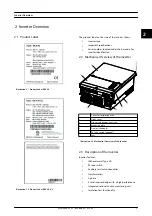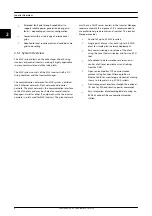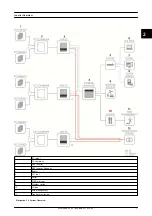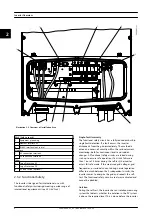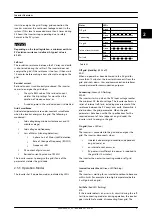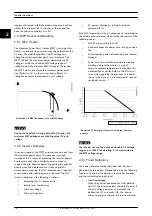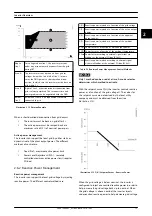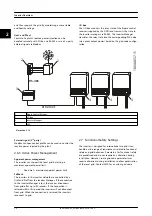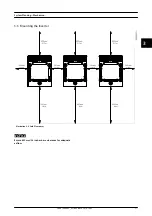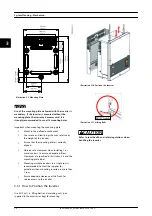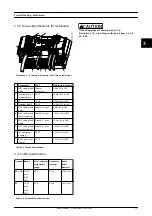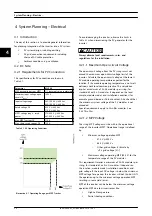
•
Extended fault ride through capabilities (to
support reliable power generation during grid
faults) - depending on inverter configuration
•
Compliant with a wide range of international
grids
•
Adapted to local requirements and conditions via
grid code setting
2.3.1 System Overview
The MLX system draws on the advantages of both string
inverters and central inverters, making it highly applicable
in many commercial and utility scale plants.
The MLX system consists of the MLX inverter itself, a DC
string combiner and the Inverter Manager.
The communication network of an MLX system is divided
into 2 Ethernet networks; Plant network and inverter
network. The plant network is the communication interface
to the MLX plant and may be shared by several Inverter
Managers as well as other IT equipment, while the inverter
network is solely used for MLX inverters. The plant network
must have a DHCP server (router) as the Inverter Manager
requires automatic IP assignment. It is recommended to
use professional grade routers and switches. The Inverter
Manager provides:
•
Control of up to 42 MLX inverters
•
Single point of access for each (up to) 2.5 MVA
plant for simple plant network deployment
•
Easy commissioning and service of the plant
using the Local Commissioning and Service (LCS)
tool
•
Safe upload to data warehouse services, and
control of all local requirements and settings
from the DNO
•
Open source Modbus TCP communication
protocol using SunSpec Alliance profile via
Ethernet both for monitoring and control, making
it easy to integrate in e.g. SCADA systems
•
Grid management interface through the optional
I/O box for PLA and reactive power commands
•
Easy integration of meteorological data using an
RS-485 SunSpec Alliance compliant weather
station
Inverter Overview
6
L00410648-02_02 / Rev. date: 2014-10-03
2
2


